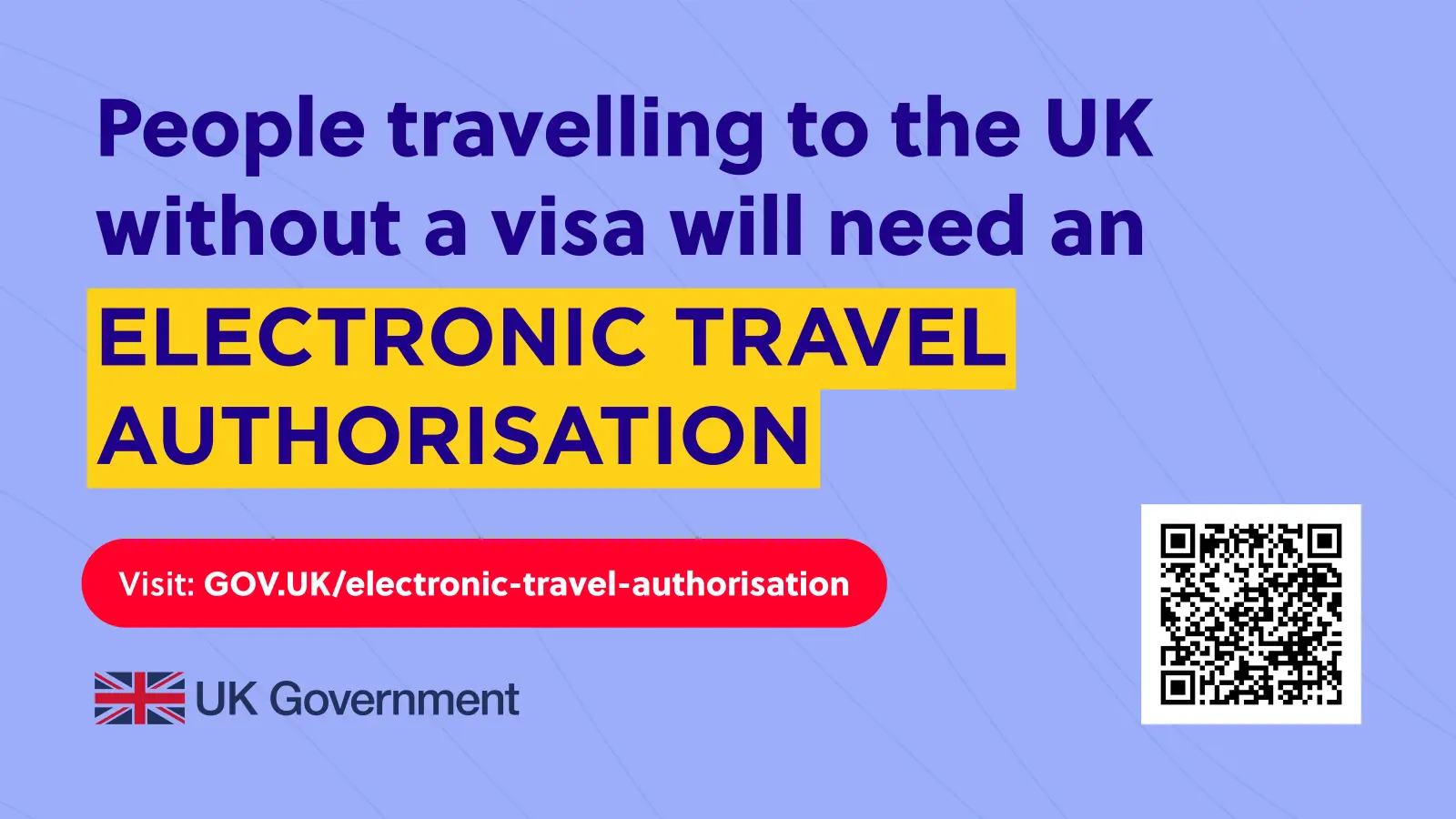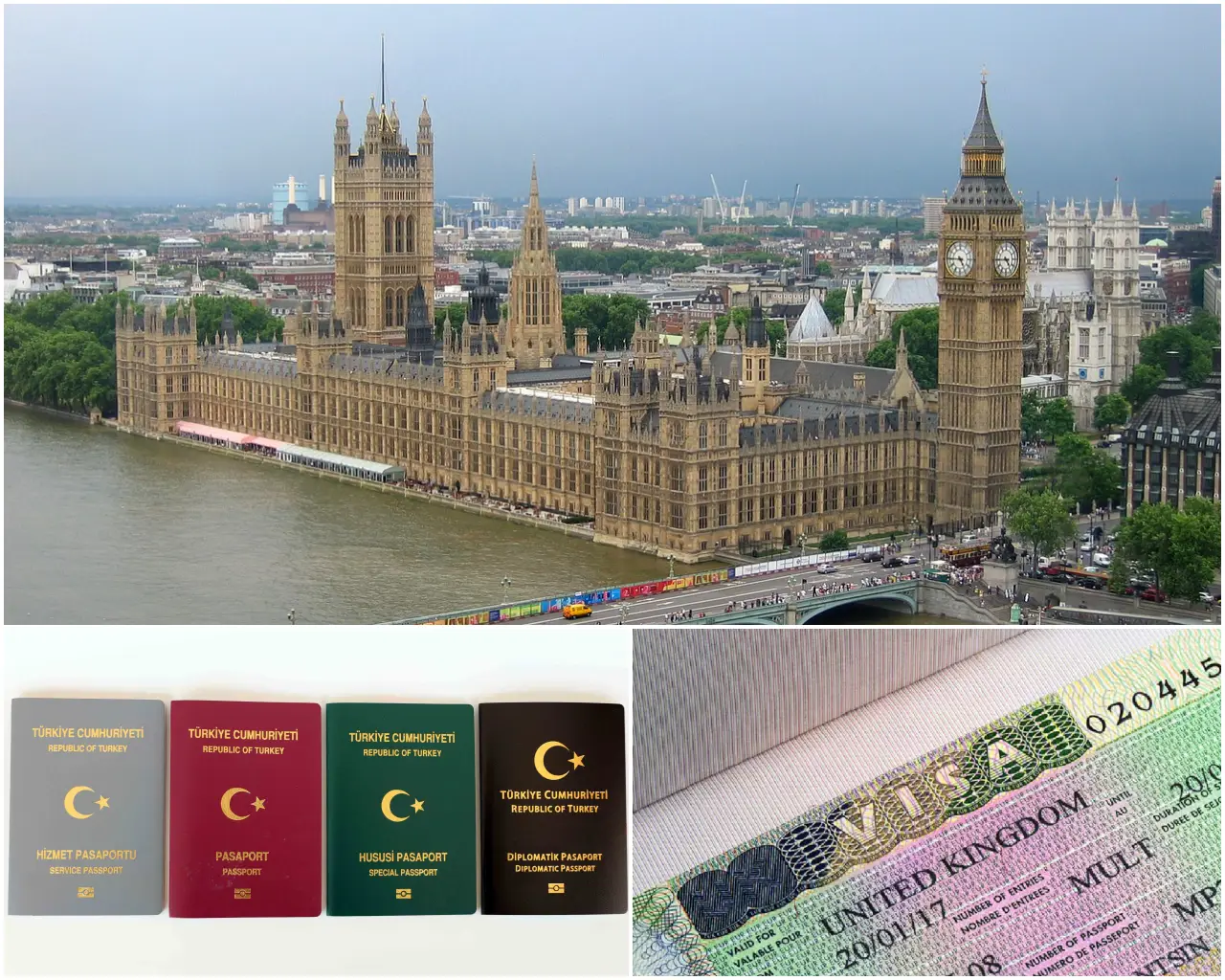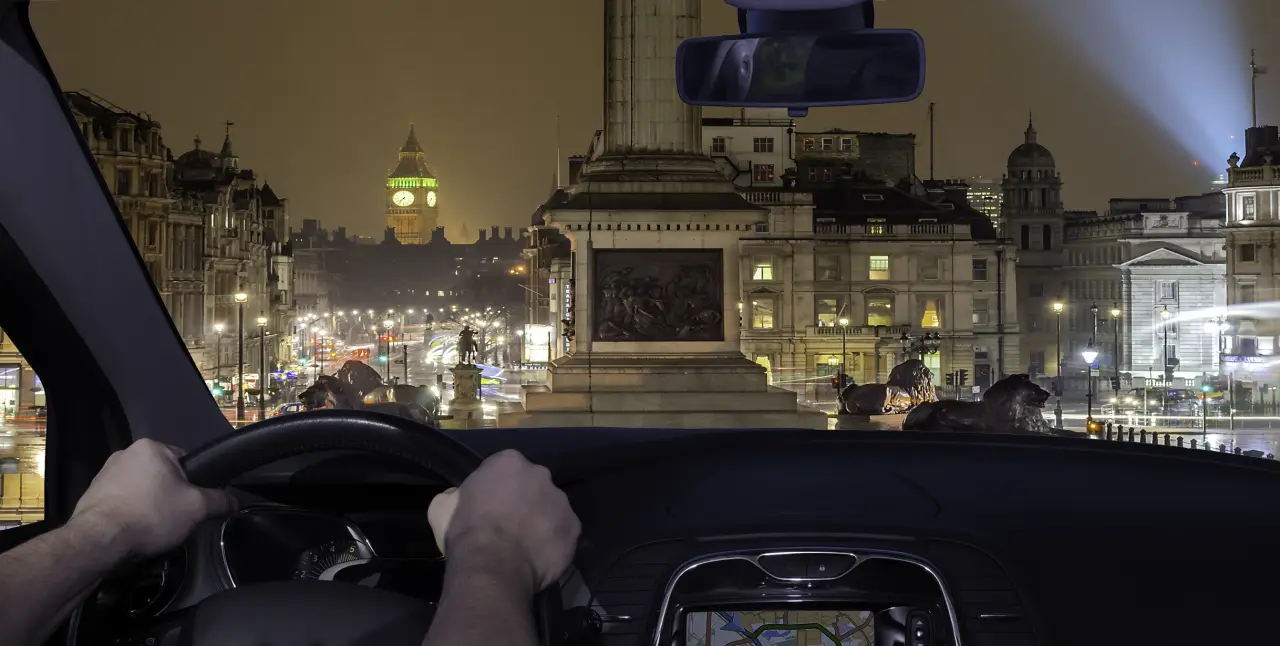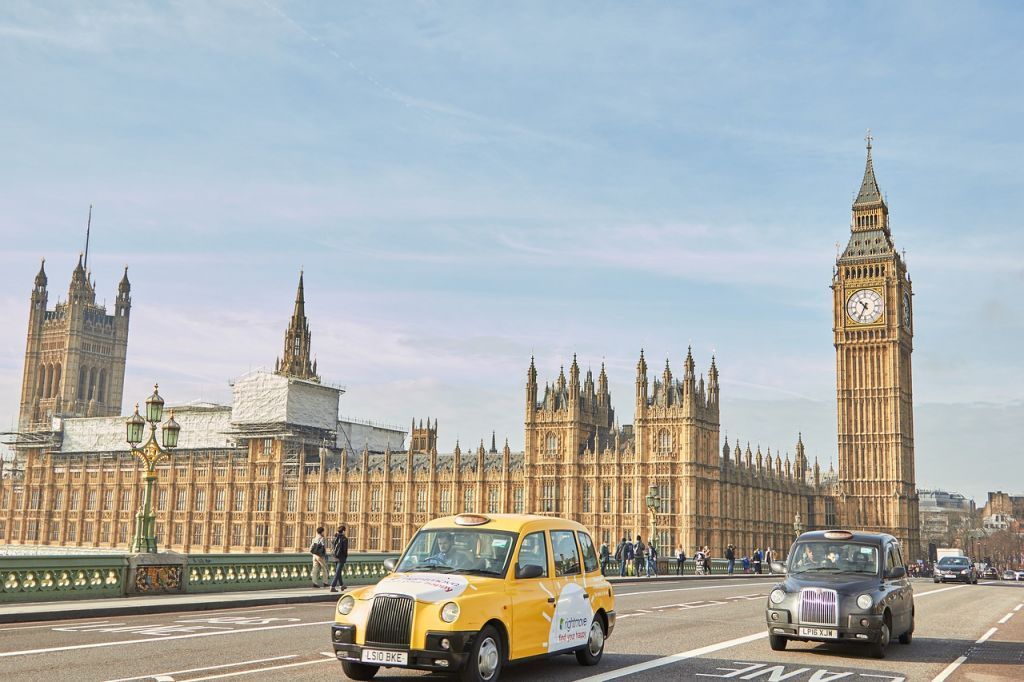UK ETA is now in effect, reshaping how millions of travelers from Europe and beyond enter the United Kingdom.
As of April 2, 2025, the Electronic Travel Authorization (ETA) is mandatory for most European visitors, adding a new step in the travel process that mirrors systems already in place in countries like the United States.
What Is the ETA and How Does It Work?
The ETA is a digital travel permit required for non-UK citizens who do not currently need a visa. It allows entry for tourism, business, family visits, or short-term studies for up to six months. The authorization is electronically linked to the traveler’s passport and can be applied for online via the official UK government website or the ETA mobile app.
The application process takes roughly 10 minutes. Travelers must upload a passport photo, take a selfie or facial scan, and answer a few personal and travel-related questions—including details about their criminal history and the purpose of their visit. While most applicants receive a decision within minutes, the Home Office advises applying at least three business days in advance, in case additional checks are needed.
How Much Does It Cost?
Currently, the cost of applying for a UK ETA is £10 (approximately €12). However, this fee will increase to £16 (about €19) starting April 9, 2025. There are no refunds for denied applications. Once approved, the ETA is valid for two years—or until the associated passport expires—allowing multiple visits to the UK, as long as each stay doesn’t exceed six months.
Who Needs It and Who’s Exempt?
The new requirement applies to travelers from over 30 European countries, including all EU member states except Ireland. Even babies and children must have an individual ETA. The system has already been applied to travelers from the U.S., Canada, and other visa-exempt nations, and now extends to nearly all short-term visitors from abroad.
There are some exceptions. British and Irish citizens, individuals with valid UK visas or settled status, and residents of Ireland traveling from within the Common Travel Area do not need an ETA. Transit passengers who don’t pass through UK border control—such as at Heathrow Terminal 4 or Manchester Airport—are also exempt.
What You Can and Can’t Do With an ETA
An approved ETA allows you to visit the UK for leisure, business, family visits, and short-term education programs. You can also perform certain permitted paid activities—such as musicians, lecturers, or athletes—without needing a full work visa. However, travelers cannot stay longer than six months, seek public funds, take up employment, or get married or register a civil partnership unless they hold the appropriate visa.
The system is designed to tighten border security and ensure that those entering the country pose no threat. According to the UK Border Force, no significant disruptions are expected at ports or airports as the system scales up. More than one million applications have already been processed without major delays.
Still, the rollout has raised concerns in regions like Northern Ireland, where many European tourists cross over from the Republic of Ireland using only a national identity card. The added cost and bureaucracy may discourage spontaneous cross-border tourism. Local authorities are lobbying for an exemption to avoid negative impacts on businesses and tourism in the north.
As the UK continues to redefine its post-Brexit travel policies, the ETA represents a significant shift for European visitors. And with a similar system—ETIAS—set to launch across the EU for non-EU citizens by late 2026, international travelers should prepare for a more document-heavy travel landscape on both sides of the Channel.
Will the ETA affect your future plans to visit the UK? Let us know your thoughts in the comments below.












